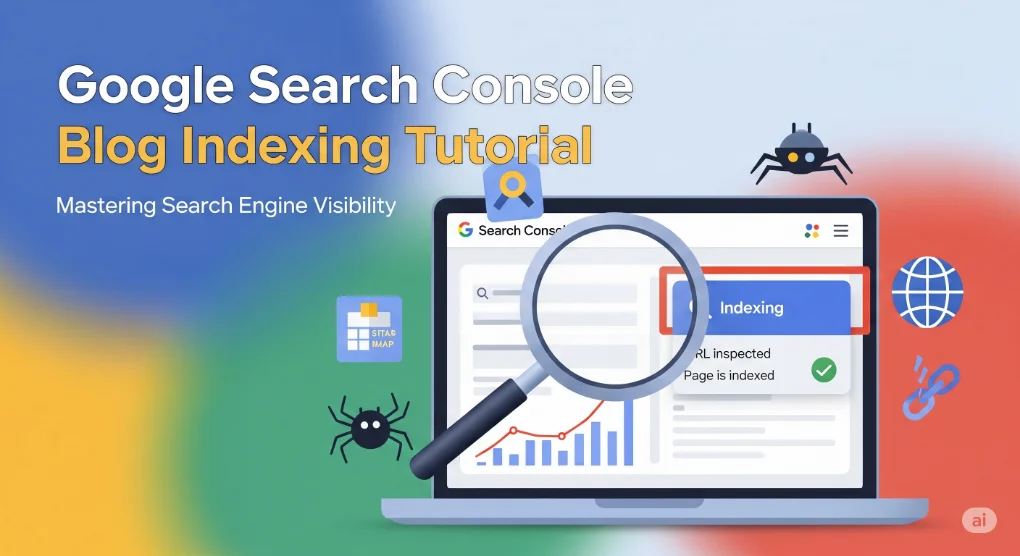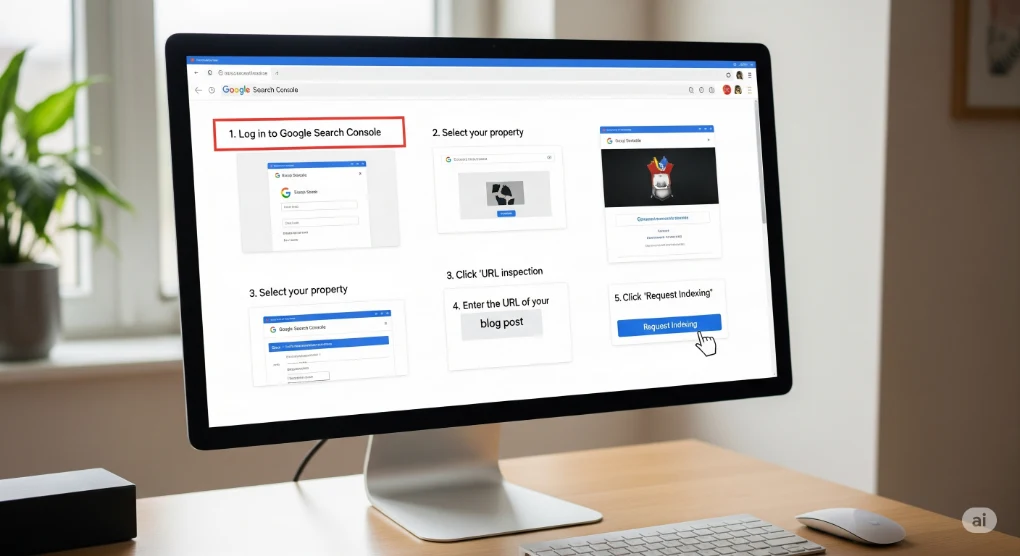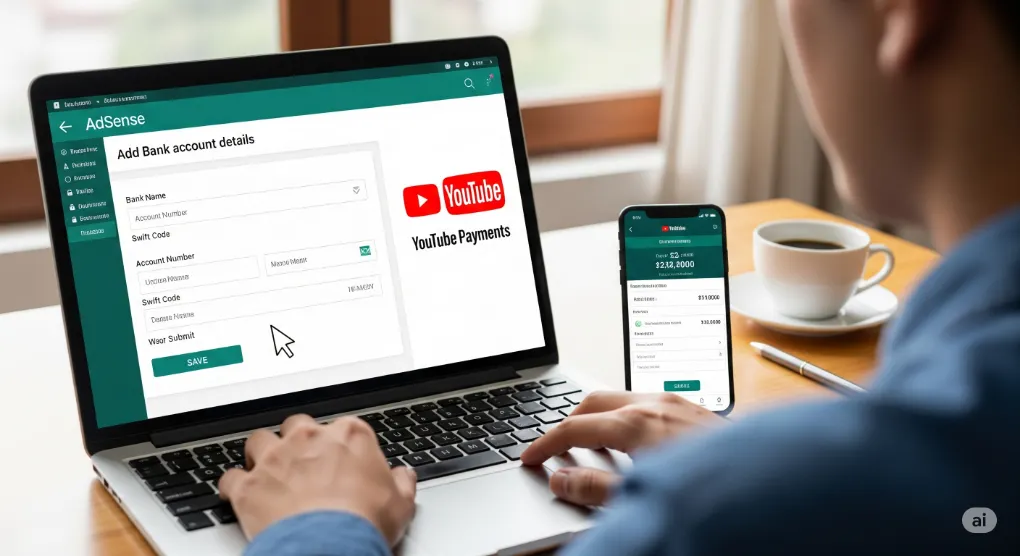Google Search Console Blog Indexing: Beginner’s Complete Tutorial
When you start a new blog, one of the biggest challenges is getting it noticed on Google. No matter how good your content is, if it is not indexed properly, it won’t appear in search results. That is where Google Search Console comes into play. This free tool offered by Google helps bloggers, website owners, and digital marketers monitor, maintain, and troubleshoot their site’s presence in Google Search results.
In this complete beginner’s tutorial, we will explore how to index your blog using Google Search Console, step by step, so your website can start gaining visibility and organic traffic.
What is Google Search Console?
Google Search Console, often abbreviated as GSC, is a free web service that allows you to check indexing status, optimize your site visibility, and understand how Google views your website. It gives you detailed insights about how your blog is performing in search, which keywords bring visitors, and whether there are any technical issues preventing proper indexing.
Why Indexing is Important for Your Blog
Indexing is the process by which Google adds your web pages into its search database. Without indexing, your blog posts remain invisible to users searching for content on Google. Here’s why indexing matters:
-
Visibility: Only indexed pages appear in search results.
-
Traffic Growth: Properly indexed pages attract organic visitors.
-
Improved Ranking: Faster indexing helps your blog compete effectively.
-
SEO Monitoring: You can track performance and fix errors early.
In short, if your blog is not indexed, it practically does not exist in the eyes of Google.
Setting Up Google Search Console for Your Blog
Before you can request indexing, you need to set up your blog on Google Search Console. Follow these steps:
-
Sign in with your Google account.
-
Add a new property (your blog URL).
-
Choose verification method – You can verify ownership using a domain registrar, HTML tag, Google Analytics, or sitemap submission.
-
Complete verification to get access to full Search Console features.
Once verified, you can start managing your blog’s search presence.
Submitting Your Blog Sitemap
A sitemap is like a roadmap that tells Google which pages are important on your blog. Submitting a sitemap ensures that Google discovers your new posts faster.
Steps to submit a sitemap:
-
Go to Index → Sitemaps in Google Search Console.
-
Enter your sitemap URL, usually
yoursite.com/sitemap.xml. -
Click Submit and wait for Google to process it.
This step makes crawling and indexing more efficient.
Requesting Indexing for Individual Blog Posts
Sometimes, even after publishing, a blog post may not appear in search results. In such cases, you can manually request indexing.
Here’s how:
-
Copy the exact URL of your blog post.
-
Go to the URL Inspection Tool in Search Console.
-
Paste the URL and hit Enter.
-
If it’s not indexed, click Request Indexing.
Within a few hours or days, your post will get crawled and indexed.
Fixing Common Indexing Issues
Even after submitting, you may face indexing problems. Google Search Console provides reports to help you identify and fix them:
-
Crawled but not indexed: Your content might be thin or duplicate. Improve quality and resubmit.
-
Duplicate content: Ensure your blog posts are unique and add original value.
-
Mobile usability errors: Check if your blog is mobile-friendly.
-
Blocked by robots.txt: Make sure your site settings don’t restrict Google from crawling important pages.
Fixing these errors ensures a smoother indexing process.
Best Practices for Faster Indexing
If you want Google to index your blog posts quickly and rank better, follow these tips:
-
Publish high-quality content – Write unique, valuable, and keyword-rich content.
-
Use internal linking – Link your new posts with older, already indexed content.
-
Build backlinks – External links help Google discover your pages faster.
-
Keep your sitemap updated – Ensure it includes all important pages.
-
Improve site speed – A fast-loading website boosts crawl efficiency.
-
Stay consistent – Regular posting encourages frequent crawling by Google.
Monitoring Blog Performance in Search Console
After indexing, monitoring performance is just as important. Google Search Console provides reports such as:
-
Performance Report: Shows total clicks, impressions, CTR, and average position.
-
Coverage Report: Highlights which pages are indexed and which are not.
-
Enhancements Report: Suggests improvements for mobile usability, structured data, and more.
By analyzing these reports, you can refine your blogging strategy for better results.
Final Thoughts
For beginners, Google Search Console may seem technical, but it is one of the most powerful free tools for bloggers. Learning how to set up, request indexing, and fix issues can make a huge difference in your blog’s visibility. Remember, publishing a blog post is only the first step; ensuring it gets indexed is what brings real results.
By consistently applying the strategies in this tutorial, your blog will gain higher visibility, more organic traffic, and long-term growth in search rankings.





